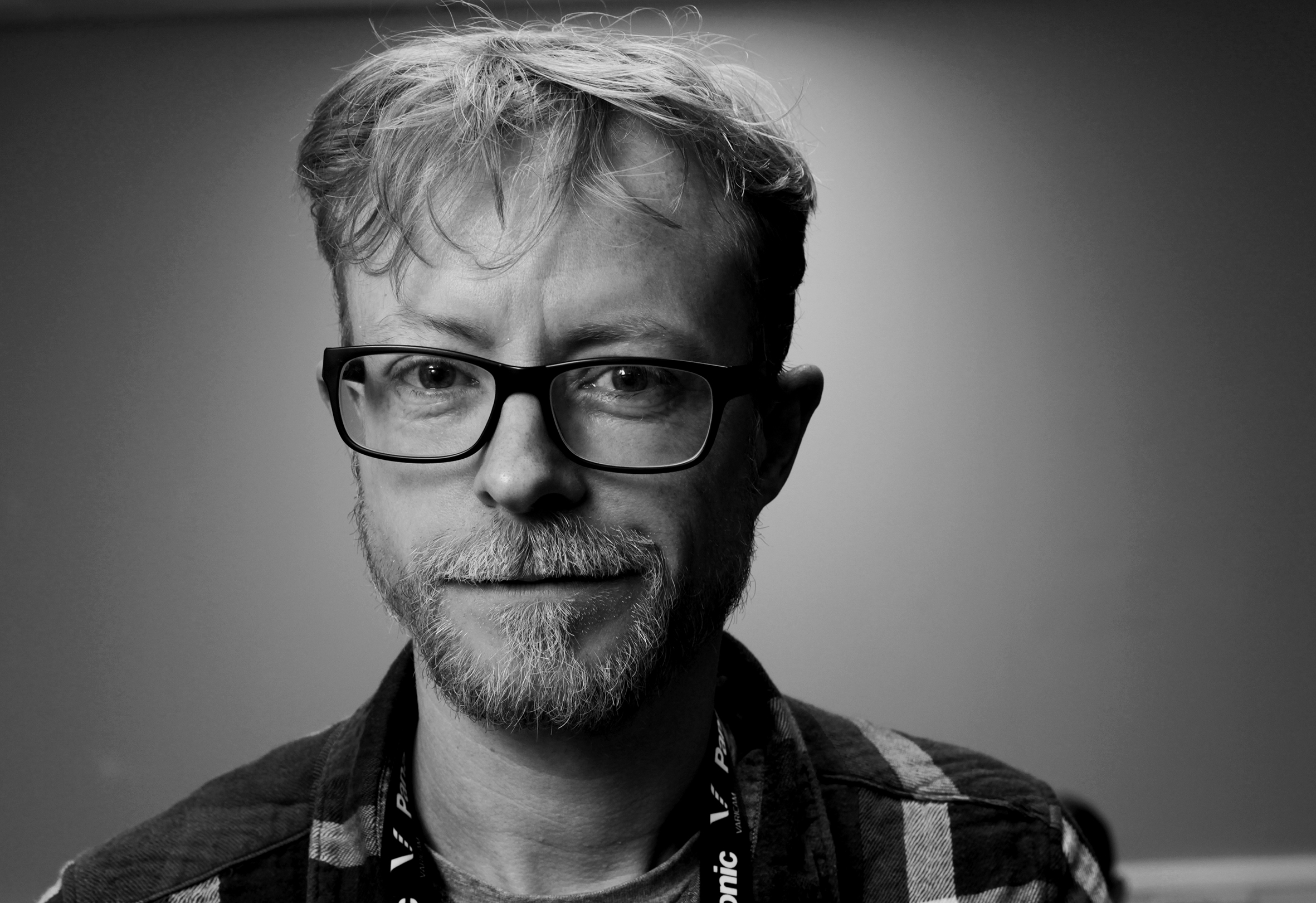Tellier confident of World Cup success

While the introduction of stereo 3-D to this year’s World Cup coverage is gaining all the headlines, Francis Tellier, CEO of the host broadcaster HBS, said that his main concern is the 2-D HD feed.
“3-D is still an experiment, even if it will be watched by several 100,000 fans,” Tellier told Broadcast Engineering. “I am confident we will deliver a fantastic 3-D experience, but I have promised FIFA that we cannot jeopardize the main 2-D HD operation, which is watched by an audience of 25 to 30 billion.”
The green light for 3-D production was given by FIFA last November — very late in the game for a broadcast production that has been four years in planning and leaves nothing to chance.
“Even though we had no certainty 3-D would be required, we had anticipated it,” Tellier said. “The most important thing was that we were 100 percent fully prepared for our HD production, and without everything in place for that, there is no way we could have contemplated adding something on top.”
HBS has since conducted eight tests of the technology on matches of France’s soccer league Ligue 1, including two in Monaco.
“Technically it all works; now it’s down to fine tuning,” he said. “The editorial teams now have to decide the style they want to give to the product. Do we shoot a classical style or innovate? Most probably we won’t innovate that much; do not expect a revolution.”
Tellier appears to have no qualms about using Sony’s 3D Processor Box, which must be considered a little risky given that the software is being developed on a daily basis. “When you have a company like Sony behind an undertaking like that, you are reasonably comfortable that it will succeed,” he said. “If the latest generation of the software doesn’t work, then we can always fall back on the previous version, which we know does work.”
HBS’ planning for the tournament began as soon as Germany 2006 wrapped. “We start, as soon as the bid winner for the event is announced, by completing a detailed analysis of the country, its communications infrastructure and the requirements of FIFA TV,” he said. “We are the architects. We don’t build anything, but we design and manage everything from OB contracts to cabling and signage at the [international broadcast center]. Everything has to come in time. That’s vital to the success of the operation and something not easily done if a sports body or host country were to arrange to deliver the broadcast on their own … We are prepared down to the minutest of details. Of course there are nearly always surprises, but we are prepared for that.”
Meanwhile, planning for the 2014 World Cup Brazil is already underway. “We’re investigating the telecommunications infrastructure with FIFA and have already begun discussions with stadiums to tell them what we need as they begin stadium construction,” he said. “The basic technical concept that we have organized in South Africa will probably be the model for 2014 [flyaway OBs and near-identical equipment requirements for each venue]. We are checking distances between venues before we finalize our technical concept for 2014.”
Get the TV Tech Newsletter
The professional video industry's #1 source for news, trends and product and tech information. Sign up below.
Adrian Pennington is a journalist specialising in film and TV production. His work has appeared in The Guardian, RTS Television, Variety, British Cinematographer, Premiere and The Hollywood Reporter. Adrian has edited several publications, co-written a book on stereoscopic 3D and is copywriter of marketing materials for the industry. Follow him @pennington1

